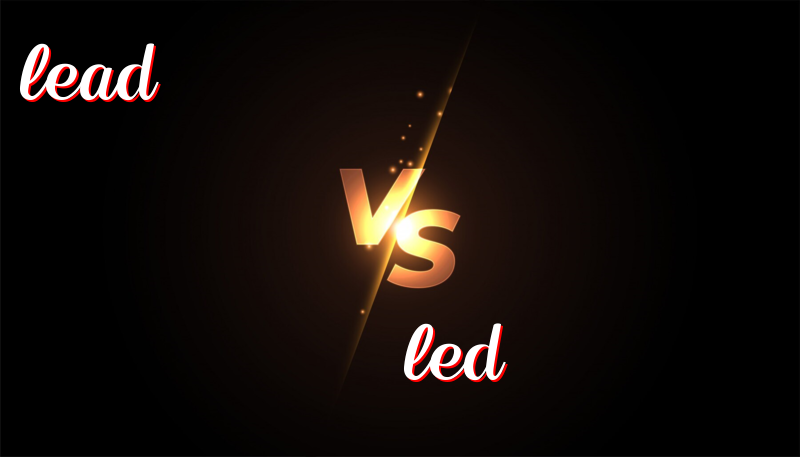Understanding the Difference Between Lead and Led
Lead vs. Led: What’s the Difference?
Many people get confused between the words “lead” and “led.” They look alike, but they have different meanings and uses. Let’s learn more about them!
History of the Words
The word “lead” comes from Old English “lædan,” which means “to guide.” The word “led” is the past tense of “lead.”
How to Use “Lead”
“Lead” is a verb that means to guide or show the way. It can also be a noun that means a kind of metal. Here are some ways to use “lead”:
- Verb: I will lead the group to the park.
- Verb: She can lead the team to win the game.
- Verb: The tour guide will lead us around the city.
- Verb: He likes to lead the march.
- Noun: The pipe is made of lead.
How to Use “Led”
“Led” is the past tense of the verb “lead.” It means someone guided or showed the way in the past. Here are some ways to use “led”:
- She led the team to victory last year.
- He led us through the dark forest.
- My teacher led me to understand math better.
- The captain led the ship safely to harbor.
- You led the parade on Saturday.
Trick to Remember the Difference
Remember this trick: “Lead” (rhymes with “bead”) is present, and “led” (rhymes with “bed”) is the past. If you are talking about now or the future, use “lead.” If you are talking about the past, use “led.”
Summary
To sum up:
- Use “lead” when you mean to guide now or in the future.
- Use “led” when you mean someone guided in the past.
Remember these examples and the trick to use the right word!

Leave a Reply
You must be logged in to post a comment.